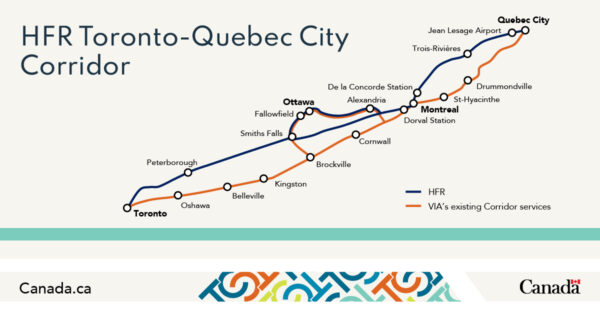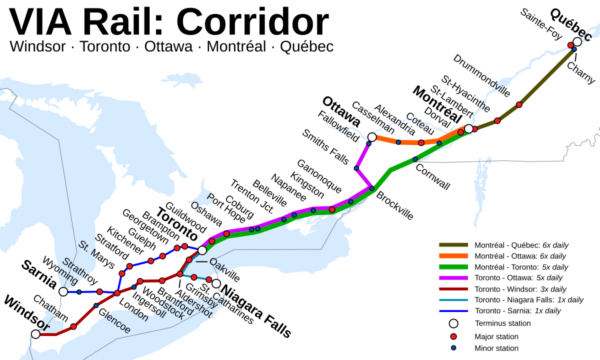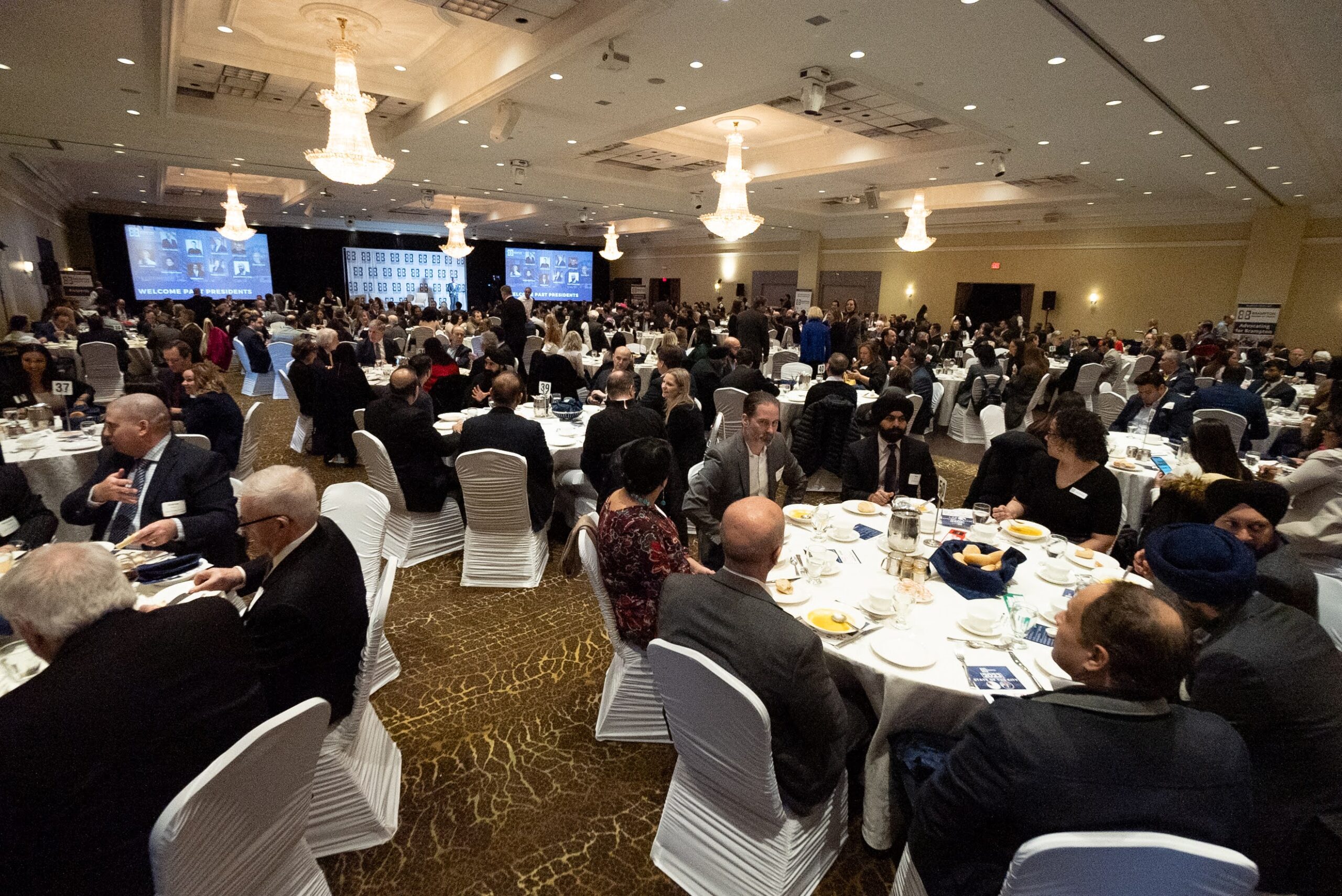In 2019, while working in France, I witnessed the power of high-speed rail firsthand. After a housing snag left me scrambling for a place to stay, I ended up renting a room in the suburbs of Paris. Dreading long commutes, my mind flashed back to the congested 401 and packed GO trains in Canada, but to my surprise, my new place was just a short walk from a high-speed TGV (Train à Grande Vitesse) line. That nine-minute commute was faster than many who traveled within the city using the metro.
That experience opened my eyes to how other countries approach mobility. Many people in France routinely commute daily for work and pleasure to and from other countries, like Switzerland and the United Kingdom, thanks to robust train networks. That same year, I visited Japan and took the Shinkansen (bullet train) from Tokyo to Osaka. It was while using that train, I realized how much this infrastructure allowed families, workers, and travelers to consider living in less expensive regions without sacrificing convenience or connectivity. In comparison, it felt like Canada was missing out on the efficiencies and quality of life that high-speed rail offers.
We’re on the cusp of experiencing something similar through the VIA High-Frequency Rail (HFR) project. This ambitious initiative aims to connect Toronto and Quebec City with a nearly 1,000 km rapid rail network on electrified, dedicated tracks. HFR is our attempt at a great nation building project by connecting two Provinces on a frequently traveled route. This project makes all the sense in the world.
What is the High-Frequency Rail Project?
The VIA High-Frequency Rail project is Canada’s most significant rail venture since the construction of the St. Lawrence Seaway over 60 years ago. The proposed rail corridor will stretch across major cities including Peterborough, Ottawa, Montreal, Laval, Trois-Rivières, and Toronto, linking 60% of Canada’s population and 40% of our GDP to create a more integrated economy. This rail line will offer an alternative to congested highways and carbon-intensive air travel. Being of one of Canada’s busiest regions, the rationale for high-frequency, high-speed travel is apparent. Canada is the only G7 country without a dedicated high-speed passenger rail network after all.
What HFR Means for Brampton
While the route is still being finalized, the proposed route travels from Toronto to Quebec City with stops along the way. Our colleagues at the Ontario Chamber of Commerce along with others have asked that future iterations of this project should connect the entire Windsor-Quebec City Corridor.


The HFR project holds enormous potential for Brampton, especially given its existing VIA stop at the Downtown Brampton Innovation District GO station. The existing connection to Union Station through VIA and GO means that Brampton travelers will have access to the HFR network, but future expansion of the HFR network westward and southward could potentially see a dedicated stop in Brampton itself.
Brampton’s connectivity to Ottawa, Montreal, and Quebec opens up job markets and workforce mobility. As Downtown Brampton embraces its place in the Innovation Corridor, it becomes a far more attractive destination for business investment if it has access to the HFR. Additionally, as this project coincides with the lifting of the Special Policy Area designation that has held back residential development, combined with a new LRT and Two Way/All Day GO, Downtown Brampton becomes one of the most attractive destinations to live.
Opportunities for Improvement
While this project is undeniably exciting, there are some limitations in its current form. As mentioned, the proposal currently excludes communities to the west and south of Toronto. Additionally, the project is called “High-Frequency Rail” rather than “High-Speed Rail” (HSR) because achieving true high speeds would require extensive infrastructure changes—such as grade-separated crossings, fully fenced corridors, and straighter, dual-tracked alignments to allow for uninterrupted bi-directional travel. These modifications would significantly increase both the project’s cost and timeline.
That being said, since the appointment of Martin Imbleau as CEO, the project’s ambition has evolved. The HFR train intends to be fast, exceeding 200 km/h. The goal now is to provide the shortest possible travel times, like Europe. Frequency and speed must go hand in hand for this to be a valuable project.
BBOT welcomes exploring where higher speeds could realistically be achieved on the proposed route. For instance, Peterborough, which is not currently part of VIA’s network, would need new infrastructure, including the conversion of abandoned CP rail lines, offering a valuable chance to optimize for higher speeds. We also encourage VIA to pursue maximum speeds for any future expansions of the HFR network.
As HFR shifts Canadians from road to rail, it advances our national climate goals by reducing emissions in Canada’s most heavily traveled corridor. By enabling more frequent and eco-friendly travel options, HFR sets the stage for a future where economic growth aligns with sustainability.
Additionally, as I learned in France and Japan, there is tremendous potential in Canada to move away from vehicle dependence towards active and shared modes of transportation. High frequency and high speed trains are a massive step towards addressing the congestion on our roads, a concern that has been a perennial theme of our Business Confidence Index survey in Brampton. In addition, we should apply the “high frequency” model to the Kitchener Line that runs through Brampton and ensure that we have timeline for Two Way All Day GO. High frequency should be the goal for all of our trains.
We hope the Government of Canada accelerates this project and considers higher speeds as well as westward and southward expansions during its review. We look forward to further details as the project progresses.
This initiative holds transformative potential for Canada. Future HFR/HSR expansions could link other major cities across the country, bridging Eastern and Western Canada. Such connections could revolutionize workforce mobility, boost domestic tourism, and strengthen our national unity. For Brampton, HFR would play a pivotal role in positioning the city within the region’s broader economic landscape.
